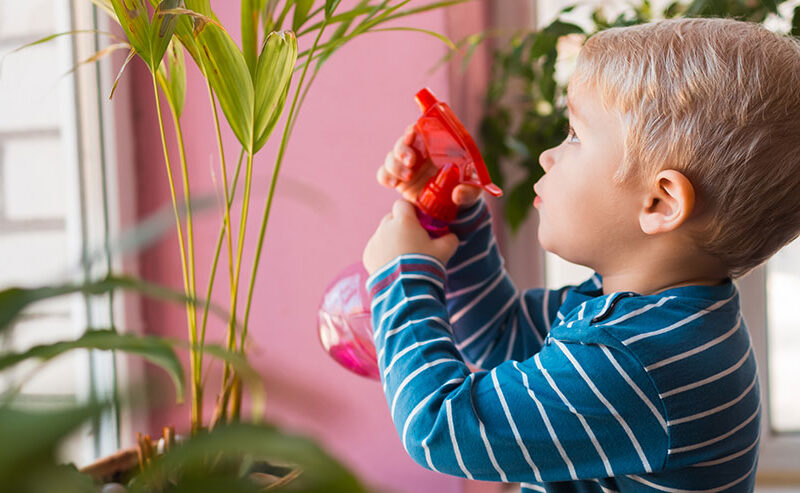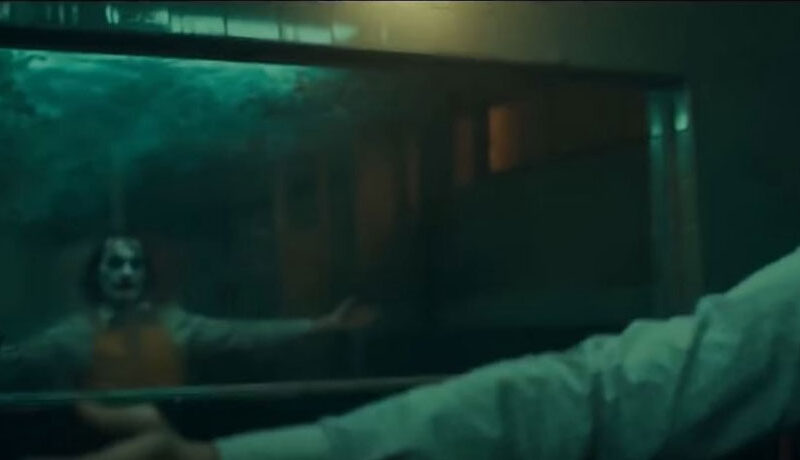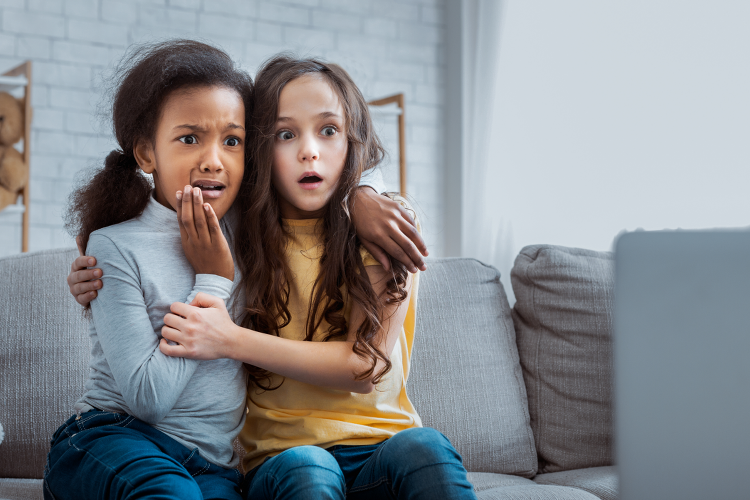Are preschoolers affected by watching professional wrestling?
Are preschoolers affected by watching professional wrestling? https://mediatrics.com/wp-content/themes/corpus/images/empty/thumbnail.jpg 150 150 Mediatrics Mediatrics https://mediatrics.com/wp-content/themes/corpus/images/empty/thumbnail.jpg
Q: I am a Pre-K Special Educator who works one-on-one with developmentally delayed children ages 3-5. Some boys have hit, kicked, scratched, punched, and head-butted me and their classmates. I brought in a child psychologist to observe and speak to the parents of one of the boys and he told the parents that this is “learned behavior.” The parents have allowed these boys total freedom, and fathers watch professional wrestling with them. Do you know of any literature on viewing wrestling and its effect on preschool boys?
–Wrestling to Make a Difference
A: Dear Wrestling,
You are right to be concerned about your students’ violent behavior. Although aggressive play is a natural part of childhood, what you’re describing goes beyond what is expected and what is safe for your students, their families, and you.
Research has shown that adolescents who watch professional wrestling are significantly more likely to be involved in fights and dating violence, to carry, threaten, or hurt others with weapons, and to engage in risky behaviors from substance abuse to sex. One study found that even well-behaved elementary school students became more violent, even imitating unique moves after watching wrestling on TV. Another found that children learn that cheating and verbal intimidation are acceptable and effective problem-solving techniques from watching pro wrestling.
Although no research has been done on the effects that televised wrestling has on preschoolers (perhaps because no one imagines that they are watching), we do know how young children respond to violent media: they integrate it into their understanding of the world. Why? Because they have a limited library of life experience against which to compare it, so everything they see becomes part of that library. In addition, normal brain development does not allow kids to easily distinguish fantasy from reality until the age of 7 or 8. So even if they can agree that it’s only make-believe, they cannot readily distinguish fake violence from real violence the way adults can.
Part of the problem with integrating wrestling shows into a preschooler’s library of life experience is that they portray violence as entertaining and risk-free. They create the illusion that no one gets hurt and everyone has fun, which makes violence seem like normal and even attractive behavior. For children with development delays, this exposure is particularly challenging because it’s already difficult for them to consider long- or short-term effects of behaviors like kicking the teacher.
As an educator of kids with these particular challenges, you probably know and do this already, but start with a discussion with the parents, asking open-ended questions like “How do you think he is doing?” Approach them with compassion—they are likely experiencing their child acting aggressively as well. Approached without accusation or judgment, they may welcome ideas for how to change his behavior. Most parents who allow their children to use violent media do so because they do not know better. Use your position as an educator to empower these parents by giving them information they need but likely do not have.
Enjoy your media and use them wisely,
The Mediatrician®




